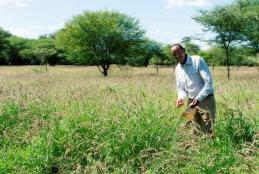Enclosures – A Positive Land Management Tool For Food Security Or A Driver Of Tenure Conflicts?
Pastoralists rely on livestock for their livelihood and pastoralist communities are widespread in the arid- and semiarid regions of Africa. In fact, 70 % of East Africa’s livestock population resides in Kenya. The harsh conditions of the drylands with severe droughts, erratic rainfall and land degradation make it difficult to sustain on conventional agriculture or other activities. As a consequence, food security in the drylands record the lowest indices compared to other areas in Eastern Africa.





